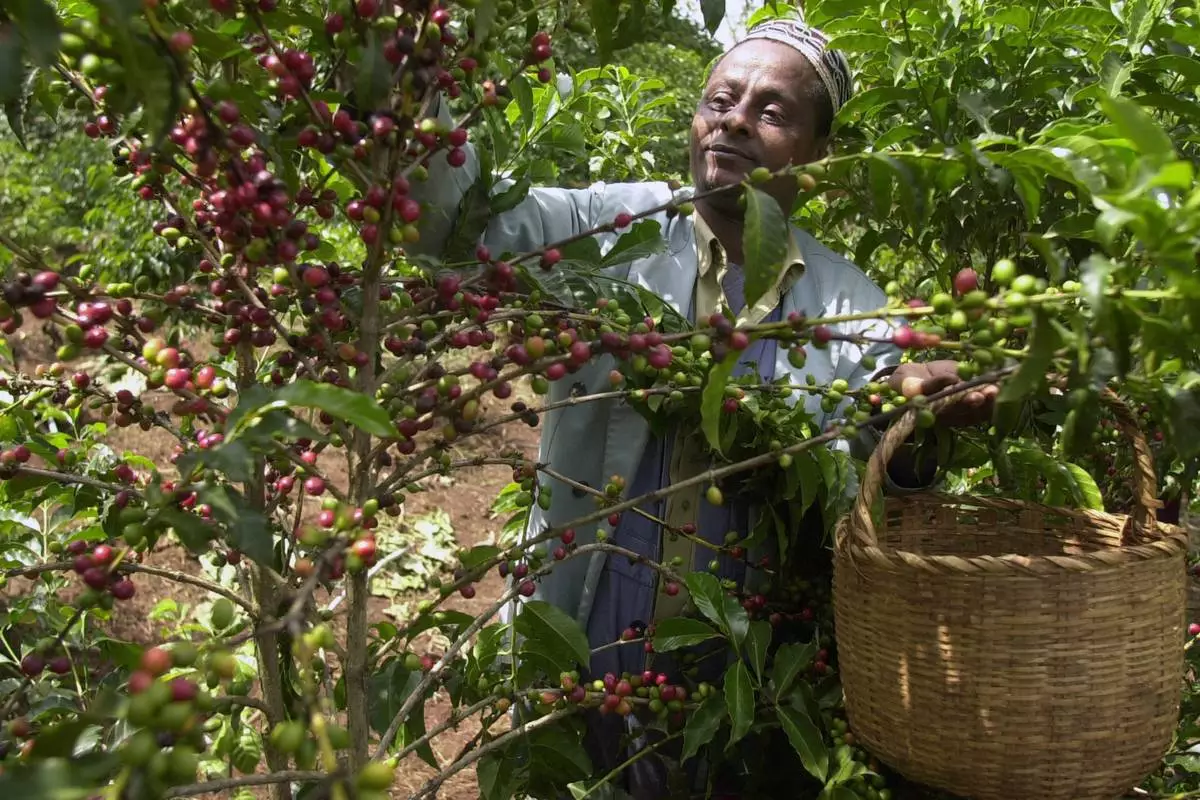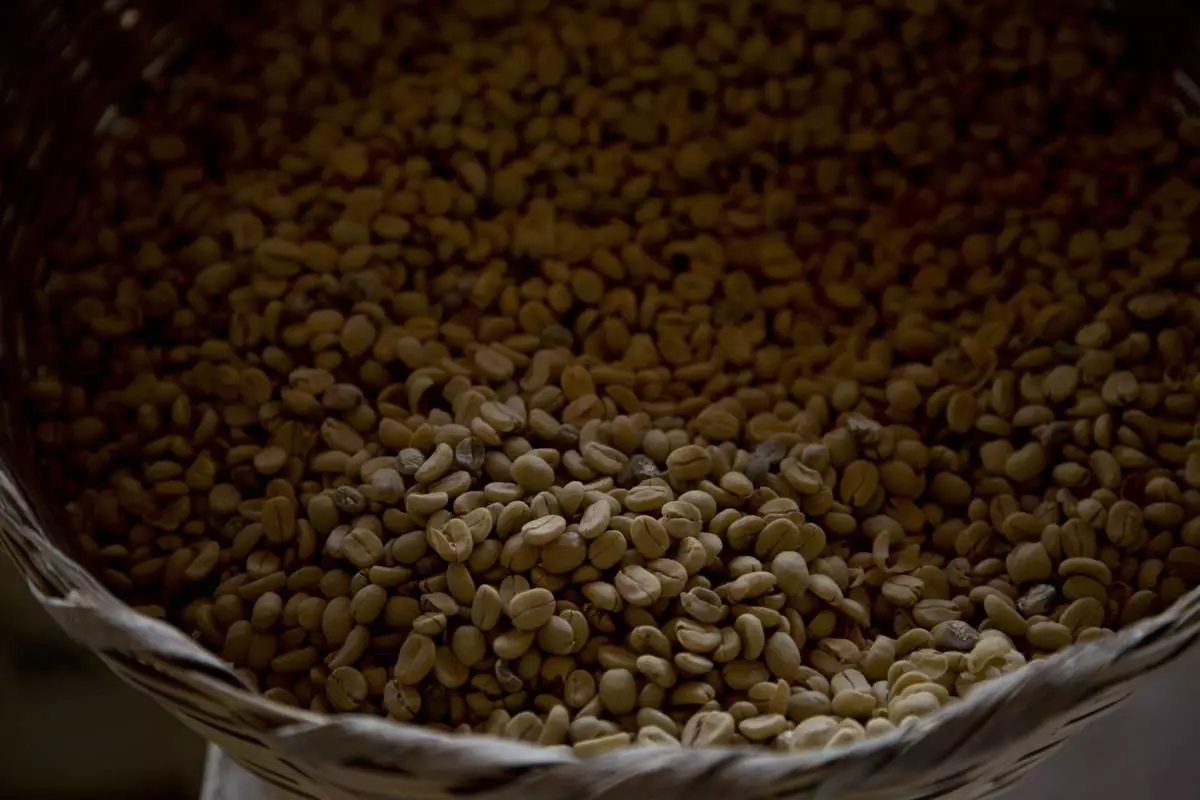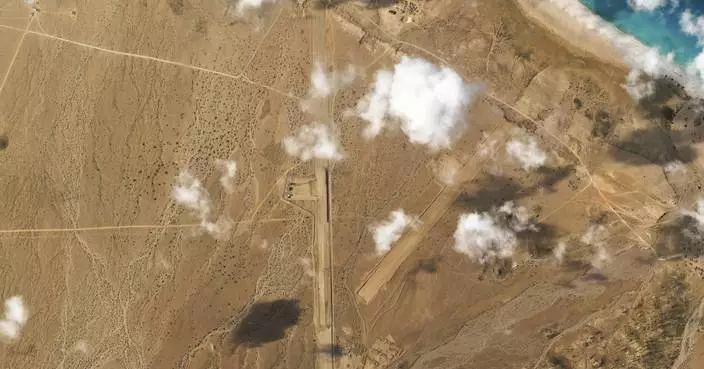The U.N. food agency has begun a partial suspension of food aid to areas of Yemen controlled by the rebels amid accusations they were diverting aid from the war-torn country's hungriest people, the group said Thursday.
The World Food Program said it suspended its operations in the capital, Sanaa, which has been under Houthi control since 2014. The suspension would affect 850,000 people, it said in a statement.
The move came less than a week after the head of the WFP accused the rebels, known as Houthis, of diverting food aid. The Houthis denied the accusation.
"The decision was taken as a last resort after lengthy negotiations stalled on an agreement to introduce controls to prevent the diversion of food away from some of the most vulnerable people in Yemen," the agency said.
The WFP said it failed to reach an agreement with the Houthis on introducing "a biometric registration system that would prevent diversion and protect the Yemeni families we serve, ensuring food reaches those who need it most."
The agency said it has repeatedly appealed to the rebels for "space and freedom to operate ... impartiality" and with operational independence.
WFP said it would maintain nutrition programs for malnourished children, and pregnant and nursing mothers throughout the period of suspension.
On Monday, David Beasley, executive director of the World Food Program, told the U.N. Security Council that his agency has insisted on — and the Houthis finally agreed to — registration and biometric identification of beneficiaries and monitoring in December and January, but the WFP has faced roadblocks ever since in implementing the agreements.
"If we do not receive these assurances, then we will begin a phased suspension of food assistance, most likely toward the end of this week," he said.
The Associated Press reported Dec. 31 that armed factions on both sides of the conflict were stealing much-needed food aid, diverting it to their fighters or reselling it for profit. Some groups are blocking deliveries to communities they view as their enemies, the AP found. WFP confirmed the report.
On Jan. 1, the Houthis said they were "surprised" by the WFP's accusations and accused the food agency of taking sides in the war.
Beasley told the council Monday that the diversions were mainly in Houthi areas. When there are reports in government-controlled areas, he said, "we receive cooperation to address issues."
Mohammed Ali al-Houthi, a rebel leader, has accused the WFP of sending expired food to Yemen. He demanded the agency distribute cash rather than their "corrupted food," according to the Houthi-run al-Masirah TV.
The conflict began with the 2014 takeover over of northern and central Yemen by the Iranian-backed rebels, driving out the internationally recognized government from the capital, Sanaa.
Months later, in March 2015, a Saudi-led coalition launched its air campaign to prevent the rebels, known as Houthis, from overrunning the country's south.
In the campaign, Saudi-led airstrikes have hit schools, hospitals and wedding parties and killed thousands of Yemeni civilians. The Houthis have used drones and missiles to attack Saudi Arabia and have targeted vessels in the Red Sea.
Civilians have borne the brunt of the conflict, which has created what the United Nations says is the world's worst humanitarian crisis. The war killed at least 91,600 people since 2015, according to the Armed Conflict Location & Event Data Project, or ACLED, which track the violence.
That coffee you slurped this morning? It’s 600,000 years old.
Using genes from coffee plants around the world, researchers built a family tree for the world's most popular type of coffee, known to scientists as Coffea arabica and to coffee lovers simply as “arabica.”
The researchers, hoping to learn more about the plants to better protect them from pests and climate change, found that the species emerged around 600,000 years ago through natural crossbreeding of two other coffee species.
“In other words, prior to any intervention from man,” said Victor Albert, a biologist at the University at Buffalo who co-led the study.
These wild coffee plants originated in Ethiopia but are thought to have been first roasted and brewed primarily in Yemen starting in the 1400s. In the 1600s, Indian monk Baba Budan is fabled to have smuggled seven raw coffee beans back to his homeland from Yemen, laying the foundation for coffee’s global takeover.
Arabica coffee, prized for its smooth and relatively sweet flavor, now makes up 60% - 70% of the global coffee market and is brewed by brands such as Starbucks, Tim Horton's and Dunkin'. The rest is robusta, a stronger and more bitter coffee made from one of arabica's parents, Coffea canephora.
To piece together arabica coffee’s past, researchers studied genomes of C. canephora, another parent called Coffea eugenioides, and more than 30 different arabica plants, including a sample from the 1700s — courtesy of the Natural History Museum in London — that Swedish naturalist Carl Linnaeus used to name the plant.
The study was published Monday in the journal Nature Genetics. Researchers from Nestlé, which owns several coffee brands, contributed to the study.
The arabica plant’s population fluctuated over thousands of years before humans began cultivating it, flourishing during warm, wet periods and suffering through dry ones. These lean times created so-called population bottlenecks, when only a small number of genetically similar plants survived.
Today, that renders arabica coffee plants more vulnerable to diseases like coffee leaf rust, which cause billions of dollars in losses every year. The researchers explored the makeup of one arabica variety that is resistant to coffee leaf rust, highlighting sections of its genetic code that could help protect the plant.
The study clarifies how arabica came to be and spotlights clues that could help safeguard the crop, said Fabian Echeverria, an adviser for the Center for Coffee Research and Education at Texas A&M University who was not involved with the research.
Exploring arabica’s past and present could yield insight into keeping coffee plants healthy – and coffee cups full – for future early mornings.
The Associated Press Health and Science Department receives support from the Howard Hughes Medical Institute’s Science and Educational Media Group. The AP is solely responsible for all content.

FILE - Mohammed Fita picks coffee beans on his farm Choche, near Jimma, 375 kilometers (234 miles) southwest of Addis Ababa, Ethiopia, on Saturday, Sept. 21 2002. Wild coffee plants originated in Ethiopia but are thought to have been primarily roasted and brewed in Yemen starting in the 1400s. (AP Photo/Sayyid Azim, File)

FILE - Arabica coffee beans harvested the previous year are stored at a coffee plantation in Ciudad Vieja, Guatemala, on May 22, 2014. In a study published in the journal Nature Genetics on Monday, April 15, 2024, researchers estimate that Coffea arabica came to be from natural crossbreeding of two other coffee species over 600,000 years ago. (AP Photo/Moises Castillo, File)





